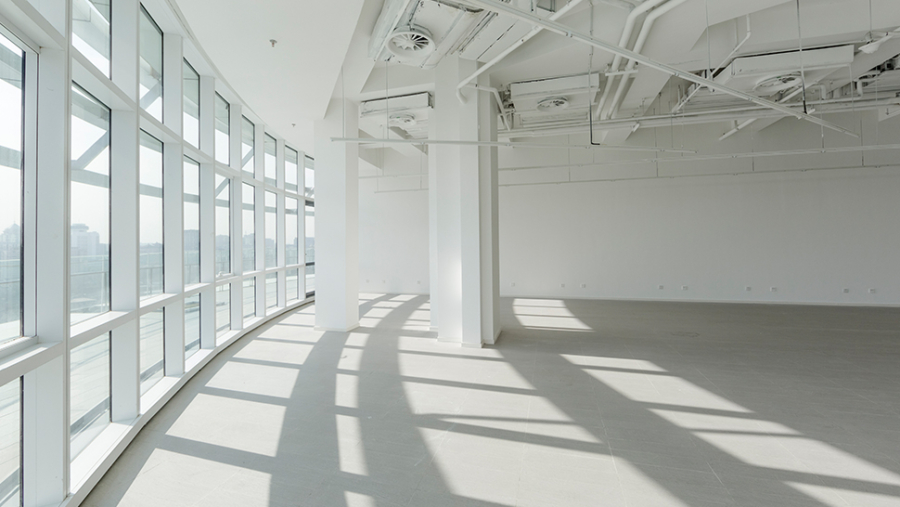

A tenant’s removal of fixtures and fittings led to a High Court ruling that they had failed to comply with the break condition to give vacant possession of the premises at the break date because they had removed parts of the premises themselves, including a suspended ceiling and radiators.
In the case, Capitol Park Leeds PLC v Global Radio Services Limited [2020], the tenant had served notice to exercise the break in their lease, which was conditional on them giving vacant possession of the premises at the break date.
The landlord and tenant then met to discuss dilapidations and whether a surrender of the lease could be agreed before the break date in return for a financial settlement. The tenant instructed contractors to commence strip-out works to comply with its obligation to reinstate the premises. However, in light of the on-going discussions between the parties in relation to a potential surrender, the tenant subsequently instructed its contractors to cease work.
A deal was not reached between the parties by the break date and, as a result, on the break date the premises was handed back to the landlord in an empty shell-like condition without 17 original fittings, including a suspended ceiling, radiators and mechanical and electrical equipment. The landlord therefore argued that the tenant had failed to deliver up the premises, as defined in the lease, on the break date.
The court’s decision
The lease defined the premises as “including all fixtures and fittings at the premises whenever fixed…” This was central to the landlord’s argument. By stripping out the landlord’s fixtures and fittings, the tenant had not handed back the premises as defined in the lease and had therefore failed to comply with the break condition.
Referring to what it described as an exceptional case, as most case law in this area deals with instances of a tenant leaving behind goods whereas this was the opposite, the court agreed with the landlord. The premises (as defined) had not been handed back, and furthermore the condition of what had been handed back was a substantial impediment to the landlord’s use and enjoyment of the premises. The tenant therefore failed to comply with the break condition and the lease continues for the remainder of the contractual term.
The tenant has been granted permission to appeal the decision, so it will be interesting to see whether the Court of Appeal takes the same view as the High Court.
Practical points
- This case highlights the important of considering the definition of premises in a lease at the drafting stage, particularly if there are any break conditions which relate to the premises.
- Tenants should be mindful at the drafting stage of what practical steps are required to comply with any break conditions – particularly if the break is important to the tenant. This may drive negotiations between the landlord and tenant to ensure what is drafted is acceptable and, more importantly for the tenant, achievable.










